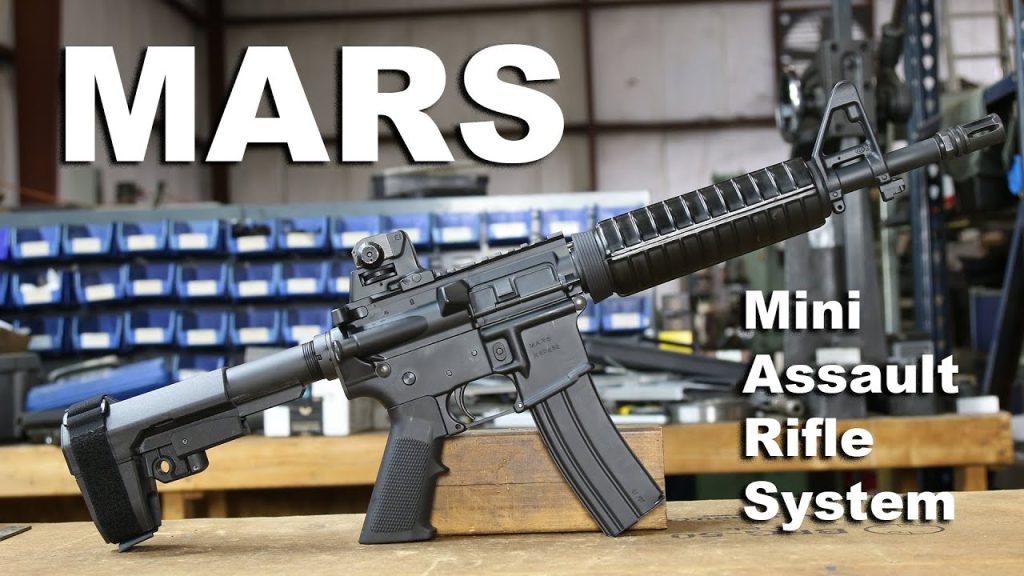The Air Force Global Strike Command recently issued M4 carbines in place of M18 pistols.
While the M18 has since been reissued, the idea of forgoing sidearms altogether is hardly a new concept.
The Army reached the same conclusion in WWII when it decided the 1911 wasn’t enough for clerks and truck drivers who unexpectedly found themselves in firefights.
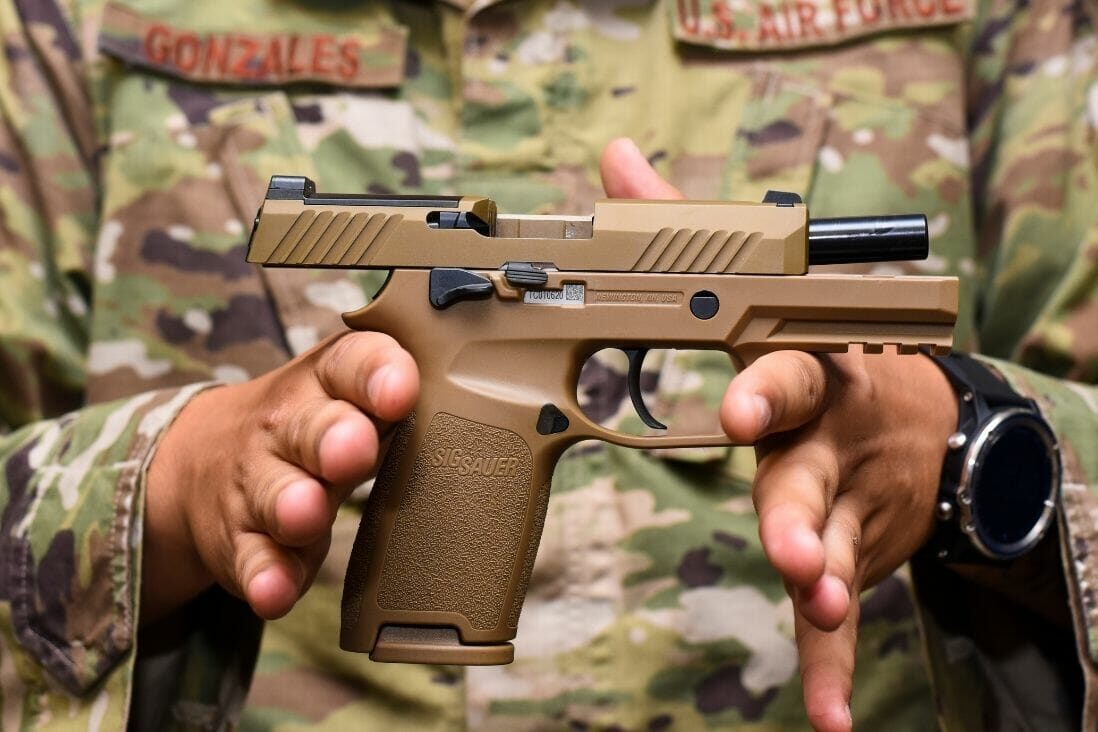
After trials and testing, the result was the M1 Carbine. An amalgamation of steel and wood may not be what comes to mind when you think of a PDW, but the M1 Carbine is widely regarded as the first true personal defense weapon.
In essence, the M1 Carbine offered greater effective range than a handgun while avoiding the weight and length of a service rifle.
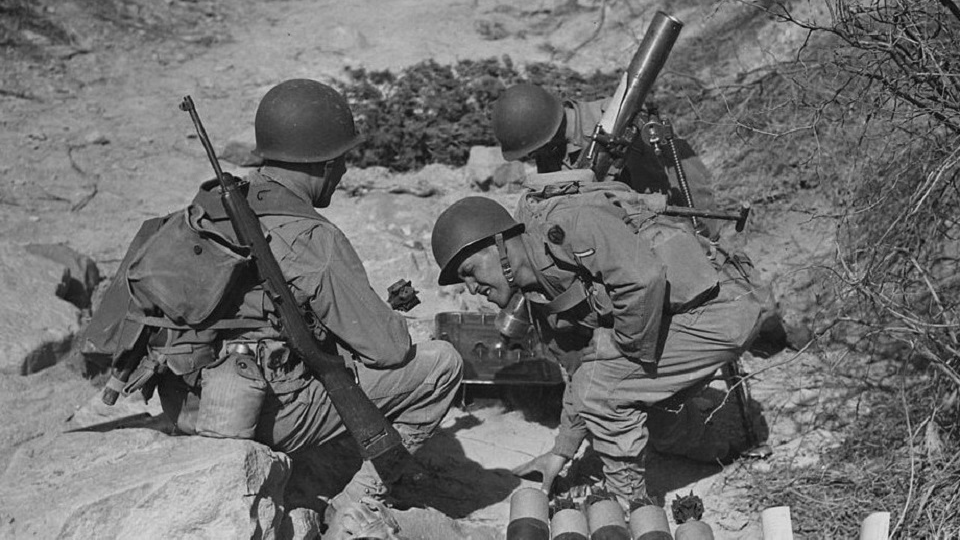
Eight rounds of .45 ACP in a semi-auto pistol wasn’t meaningless in the 1940s, but 15 to 30 rounds of .30 Carbine was much better. The troops most likely to be caught with only a sidearm were rarely direct-action forces.
To compound this issue, the average soldier, much like the modern American, rarely trains with handguns.
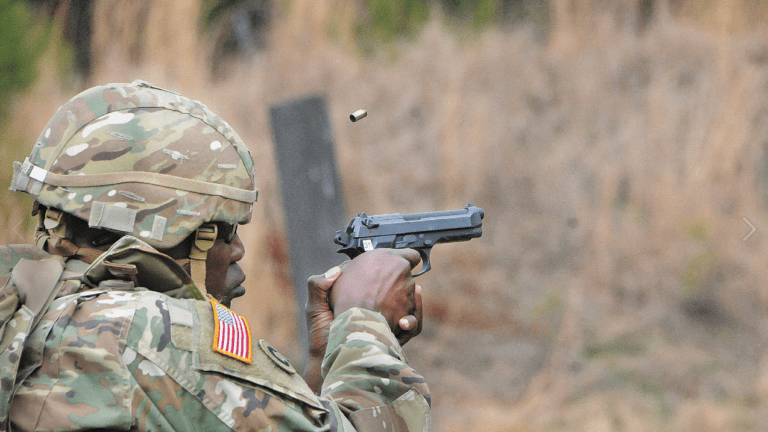
By contrast, the performance gap between a novice with a rifle and a novice with a pistol is enormous. For most people, picking up a rifle after an extended period of time from shooting is easier than doing so with a handgun. Rifles provide three points of contact and generally weigh far more than their trigger pull, making them naturally more shootable for the average user.
Fast forward to the 90s, and what’s old is new again. The development of a purpose-built platform to bridge the gap from the M9 to the CAR-15.
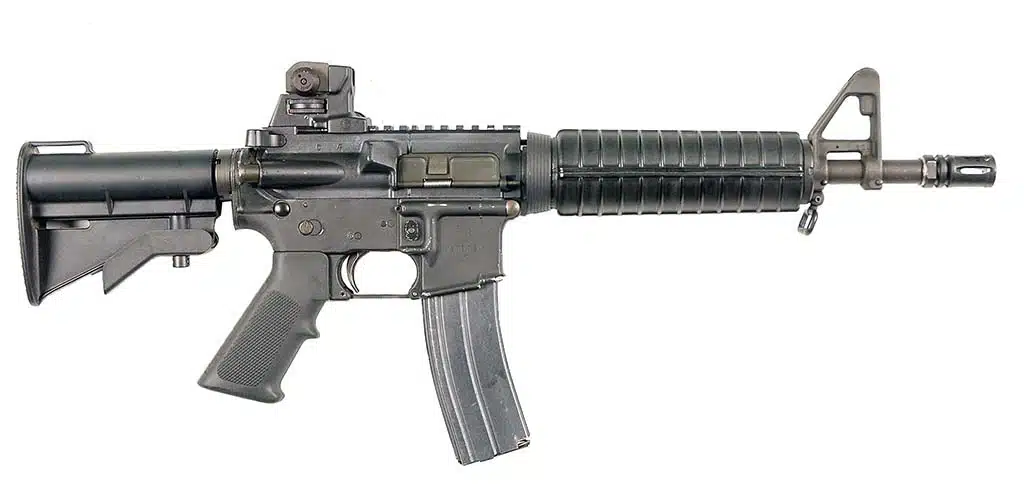
The MARS Rifle: A Micro Assault Rifle
The Colt MARS (Mini Assault Rifle System) was designed and patented by retired Vietnam-era Green Beret, LTC Mike Harris. Mike approached Colt with the idea, and they purchased the patent from him to further develop the system. The concept was to make a very short, lightweight version of the AR platform that still had enough power to be a combat-effective weapon. It would be able to replace all MP5, handguns, and full-size M4 type rifles on the battlefield. The 5.56×30 will launch a 55gr projectile at 2600fsp with an effective range of over 400 yards, making it far superior ballistically to the 9mm sub gun, 9mm or 45cal pistol, and 5.7 cartridges.
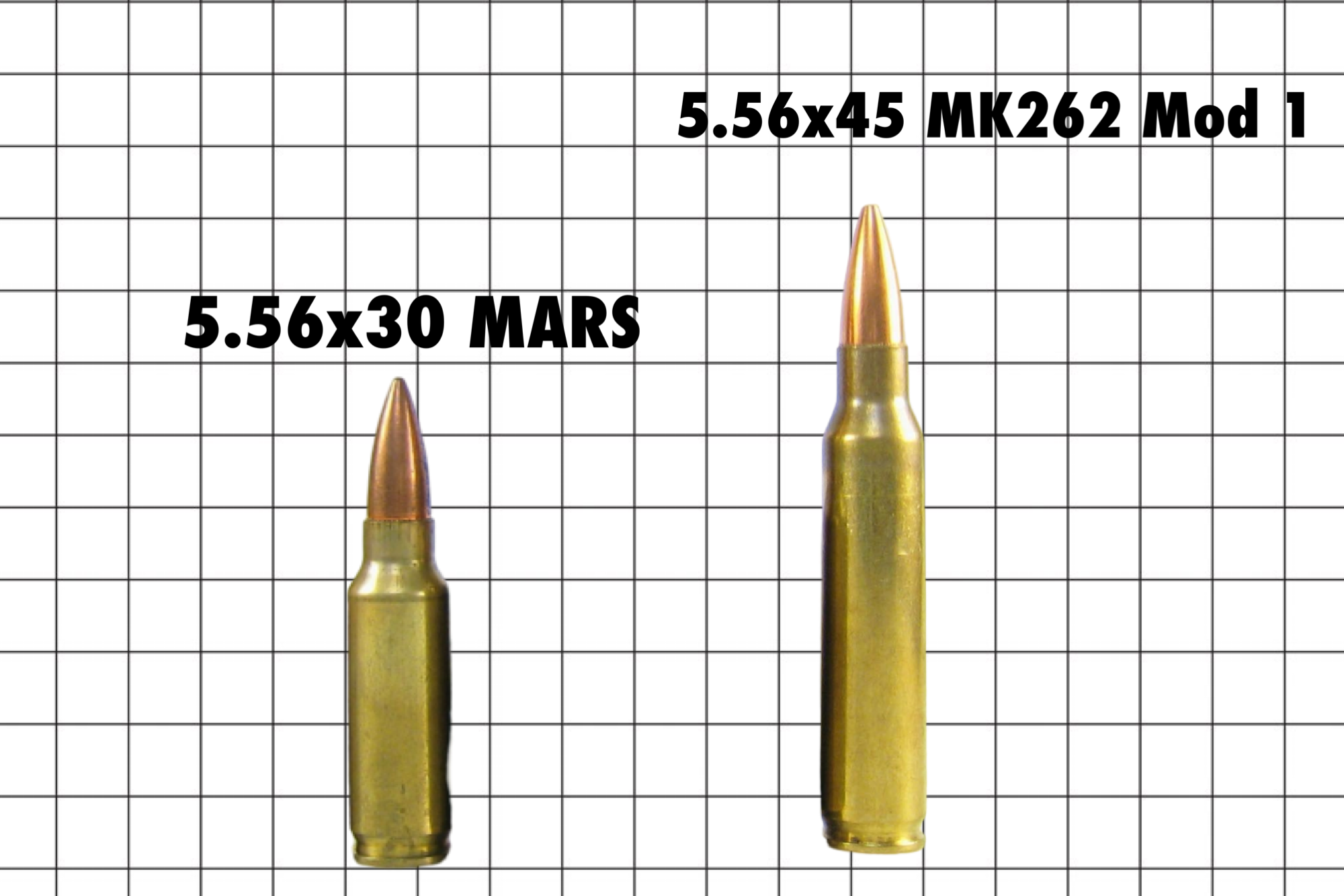
The MARS is lighter in weight when fully loaded than the MK5K and P90. It is also far more lethal on the battlefield, with far higher range and hit probability. The system also reduces the cost of training since the weapon pattern is the same as the M4 in assembly and end user function. MARS integrates into the already established supply chain easily, from integration with optics, lights, and lasers to ammunition packaging.
At the same time, Colt was marketing another supposed “replacement” for the MP5: the Colt SMG (Sub Machine Gun), a straight-blowback carbine chambered in 9×19mm. Compared to the MARS’s, the SMG was conservative, simple, and potentially more attractive to buyers who favored the 9×19mm over an experimental 5.56×30mm. At the time, the 5.56×30 ammo that had been tested was hand-loaded by Harris.
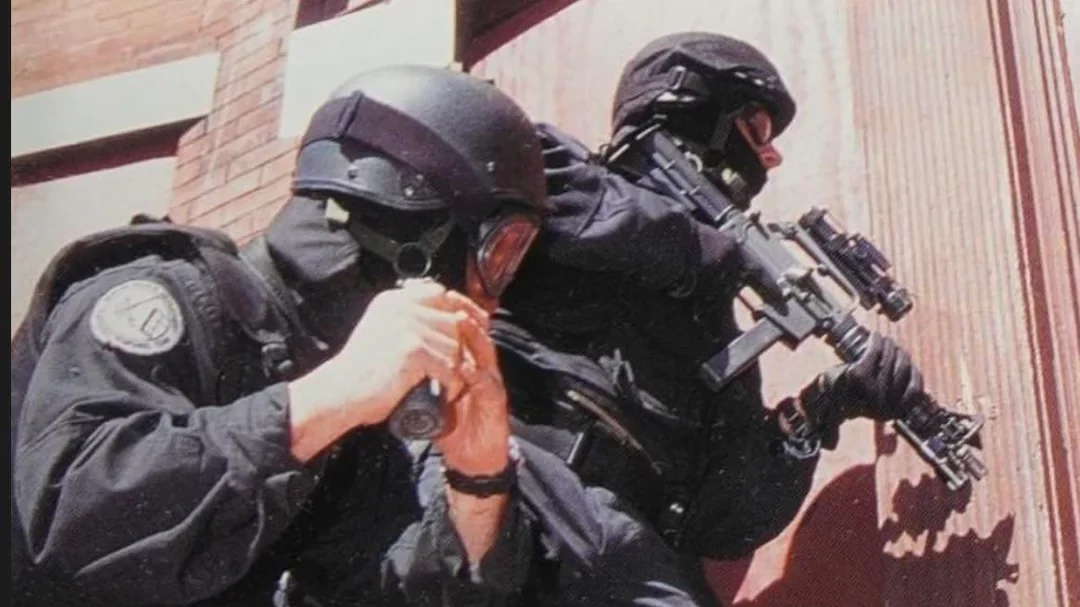
In the modern arsenal, however, it doesn’t follow the traditional PDW form factor. Instead, it sits in a unique middle ground — bridging the gap between an M18 and an M27. Both in its ballistic performance and physical layout, the MARS feels less like a classic PDW and more like a micro assault rifle.
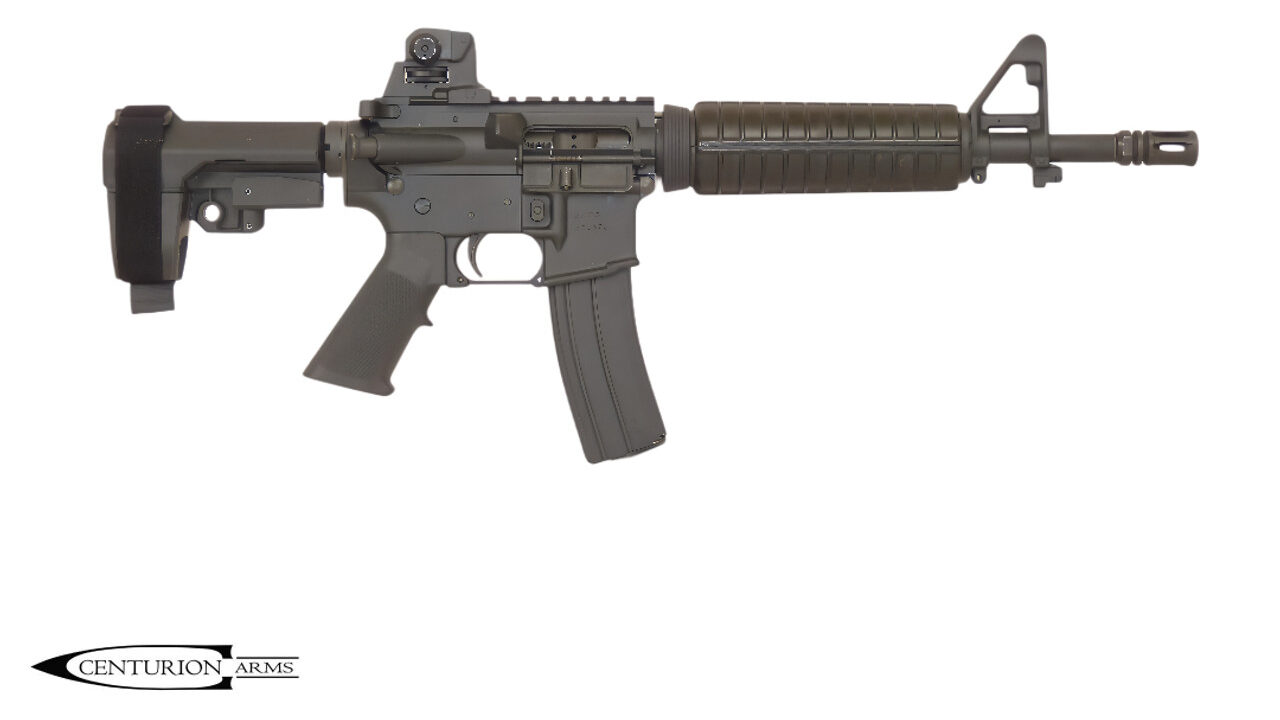
Centurion Arms is resurrecting the MARS, offering enthusiasts the chance to handle what amounts to a “lost chapter” in small arms development. But more than a collector’s oddity, the MARS has the potential to be a genuinely compelling option.
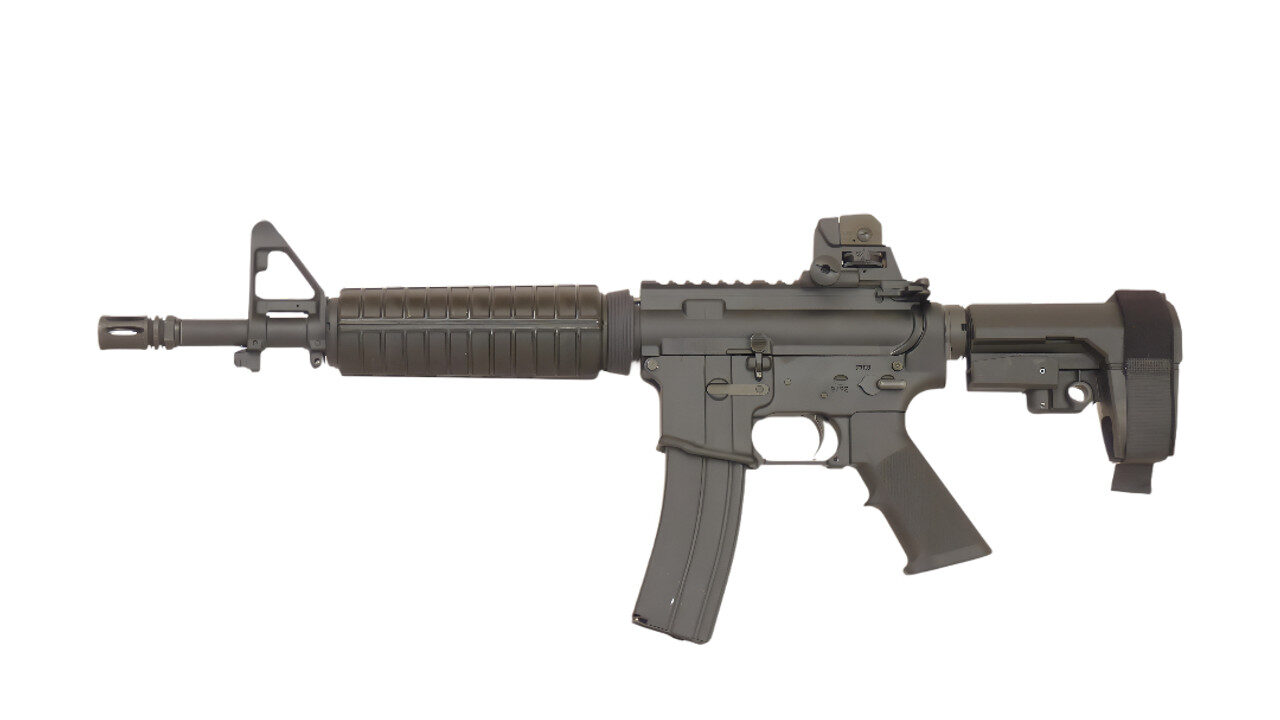
While Centurion’s version of the MARS hasn’t been released yet, on paper it checks every box a responsibly armed citizen could want: a familiar manual of arms, broad parts compatibility, and a cartridge designed specifically for the role.
Our intent on these builds is to make them as close as we can to the original Colt prototypes. To our knowledge there were only three that were ever made. To make these, the upper and lower receivers are cut and rewelded using plasma or laser welding. The bolt carriers are cut and rewelded along with the magazines. Several other parts are modified to make it all work. We plan to build these RETRO REBUILDS in the same fashion with all the same imperfections. We are currently working on having brass forming dies made OR possibly will be forming existing brass for this project. We are also planning on having forming and reloading dies made so that the end user, at least, has the option to make their own ammunition. We will keep people posted as to what direction this all goes for the ammunition and possibly future for magazines, but the initial firearms are currently planned to have two magazines with them, made in the original fashion. We plan on running several small batches of these and releasing them as they are completed. These firearms will be sold as pistols with braces or can also be done as an SBR.
Read full article here


